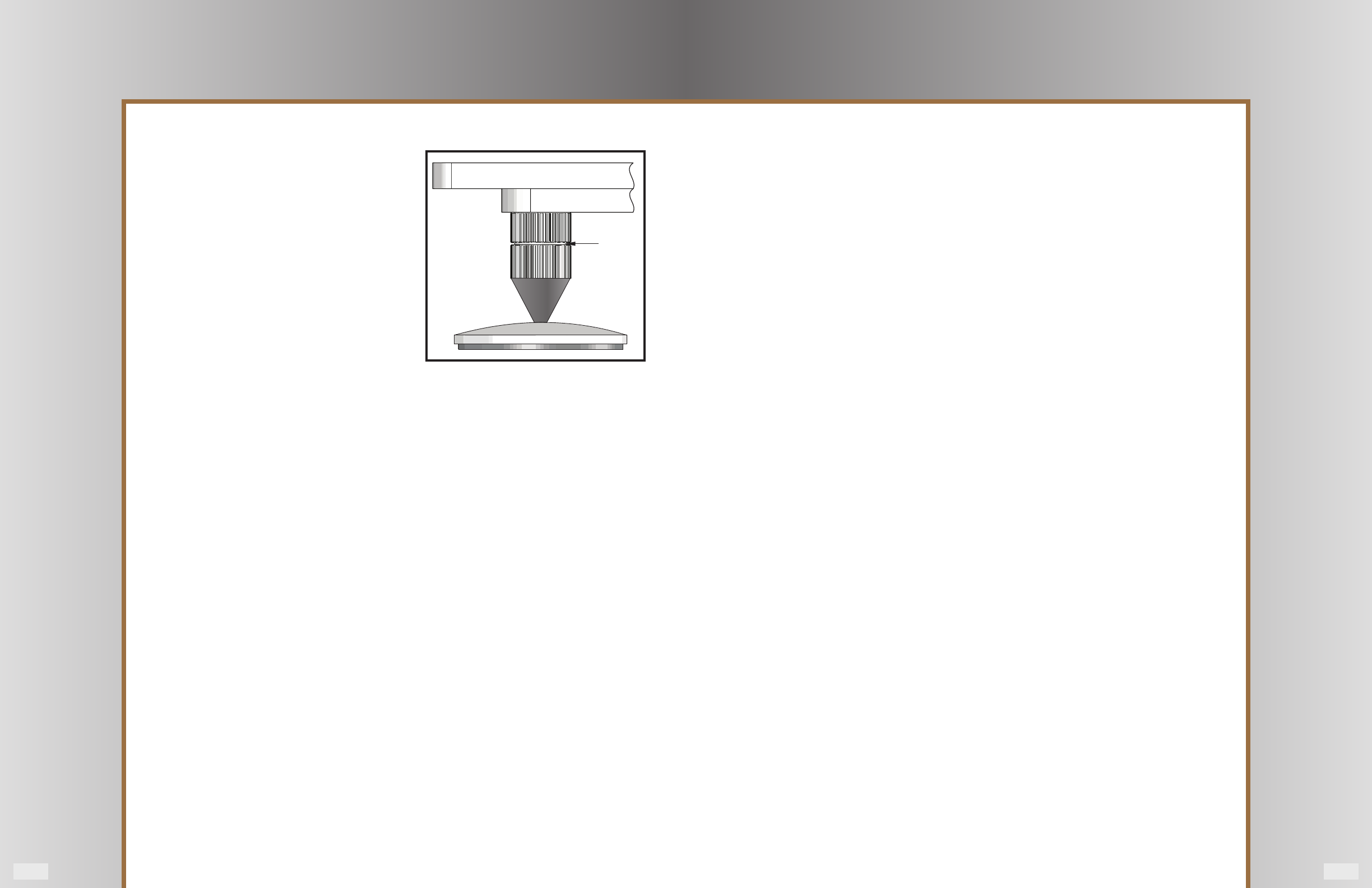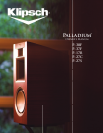
Page 12 Page 13
Final AdjustmentsFinalizing the Assembly
The Palladium Series loudspeakers have a phenomenal frequency response and superb dynamics, so playing
large orchestral or rock music will be an awesome experience, but may not necessarily be the best guide in
setting up the speakers. Your listening tests should be performed with a wide range of music, including unac-
companied vocal and solo instrumental recordings with as little processing on the source as possible. A natural
solo cello recording will reveal much about the bass characteristics of your room and positioning. The best
position will yield smooth, extended bass without boom or smear.
Stridency in the upper section caused by underdamped rooms can be compensated for by hanging drapes or
pictures on the walls to dampen reverberant walls; increasing the amount of soft furnishings will also help to
eliminate high frequency “ringing”.
Room resonances are often structural. In such circumstances, good placement will minimize but not eliminate
these resonances.
Apparent height is critical. The speakers have controlled directivity. Phase response anomalies are kept to
vanishingly low levels by reducing the distance between the midrange and tweeter horns to the absolute
minimum; nevertheless, if you are in the wrong seat, it may happen that the sound stage is not perfectly inte-
grated. One remedy is to tilt the speaker slightly (if necessary by using a combination of long and short spikes)
to aim the midrange driver at the listener’s ear to yield best driver integration. Take your time with this —the
eects on some music may be small and quite startling on others.
Phase
Phase is not a matter of preference. Out-of-phase eects manifest themselves as poorly dened bass, poor
stereo with very vague localization of instruments and voice, and generally fuzzy, ill-dened sound. A single-
wired out of phase system is easy to detect; a bi-amped system with one element connected out of phase
can be nearly impossible to track down. If you nd that there are problems with the system that no amount of
experimentation can cure, check all the loudspeaker and amplier wiring carefully. If you have connected your
speakers strictly in accordance with this manual, no phase problems will arise.
Conclusion
All the advice above will help you get the most out of these superb loudspeakers, but in the nal analysis you
should do what your ears tell you is right—you are, after all, the nal arbiter of your system.
Happy listening!
Fitting Spikes (P-38F and P-37F only)
The loudspeakers are supplied with a set of long spikes and a
set of short spikes. All are adjustable and t in the same way.
Spike seats with felt bases are supplied for use where spikes
are inappropriate; e.g., on stone, hardwood or marble oors.
The spikes may be tted with sets of short spikes, sets of
long spikes or as a combination of two short spikes at the
front and two long spikes at the rear to assist with imaging,
(Refer to the next page)
Fitting Spikes (P-27C only)
The P-27C also has spikes that should be used if the speaker
is not placed on a dedicated speaker stand. There are two
short front spikes with spike seats that should be installed
in the same manner as described above for the P-38F and P-37F. There is a third spike seat for use with either
of the two rear spikes. The long-barrel rear spike should be used in applications where the speaker needs to be
positioned either at or with a degree of downward tilt. The short-barrel rear spike should be used in applications
where the speaker needs to be positioned with a degree of upward tilt. This will often be the case in installations
where the speaker is placed below a large projection screen.
Method: Run the textured collar halfway down the threaded shaft away from the spike point. Insert the shaft into
the plinth and screw in tight. Now run the collar up to the plinth and lock it nger tight. Repeat for all four spikes.
Hint: If you feel that you may have to move the speakers around a lot before you get them exactly right, it is advisable
to start out with the spikes resting in their spike seats. This will allow you to easily slide the speakers on a hard oor
surface After nalizing the speaker position, you can then mark the position of the feet and remove the spike seats.
Dressing the Cables
If there is more than one cable to each loudspeaker, gather them and lay them side by side. Make sure you have
identication on all the cables. Ensure the cables are connected the same way all around with no loose or faulty
connections.
Leveling the Loudspeakers
If the oor is not perfectly level, you will nd that one spike is o the ground. Starting with this spike and with the
help of a spirit level, you should now adjust the spikes so the speakers do not wobble and are not at an angle. Try
to get the speakers to the same height, if at all possible.
Final Connections
Now, connect the loudspeakers to the amplier/s using the diagrams on pages 8-11 to help you.
You are now ready to enjoy your music!
Collar
Spike
Shaft
Spike Seat













